Researchers teach robots to make appropriate reactive human facial expressions, an ability that could build trust between humans and their robotic co-workers and care-givers.
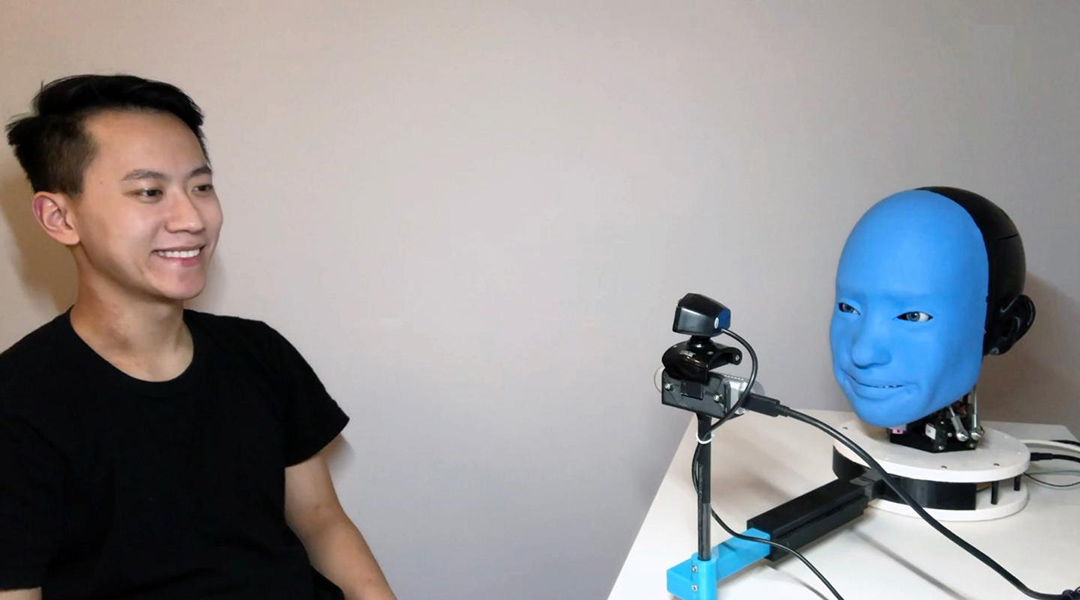

Researchers teach robots to make appropriate reactive human facial expressions, an ability that could build trust between humans and their robotic co-workers and care-givers.
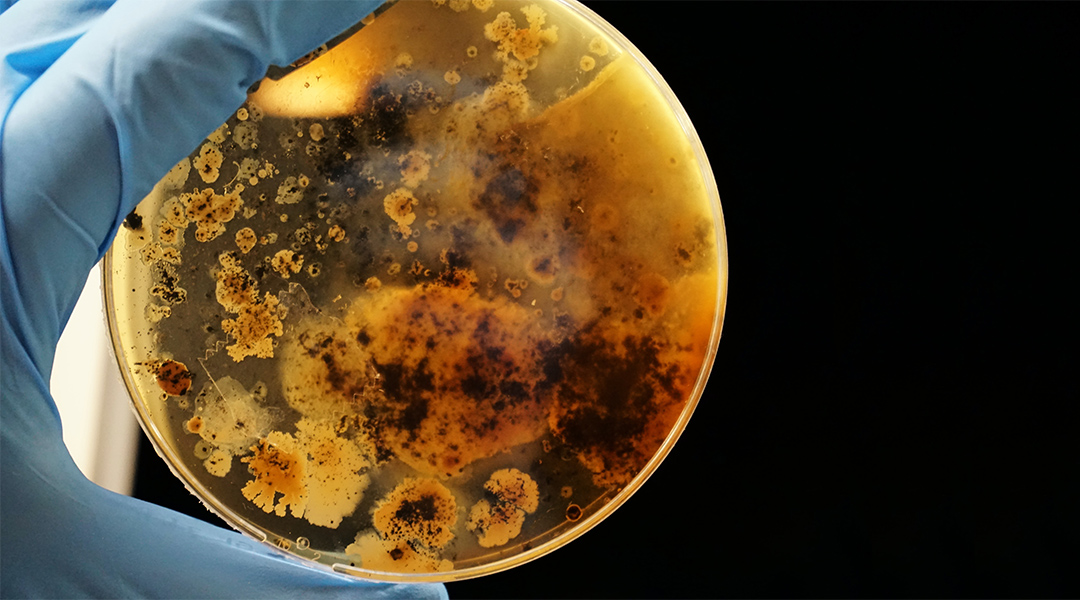
A team of scientists have created a cost-effective way to destroy bacterial biofilms, paving the way for advancements in everything from healthcare to utilities.
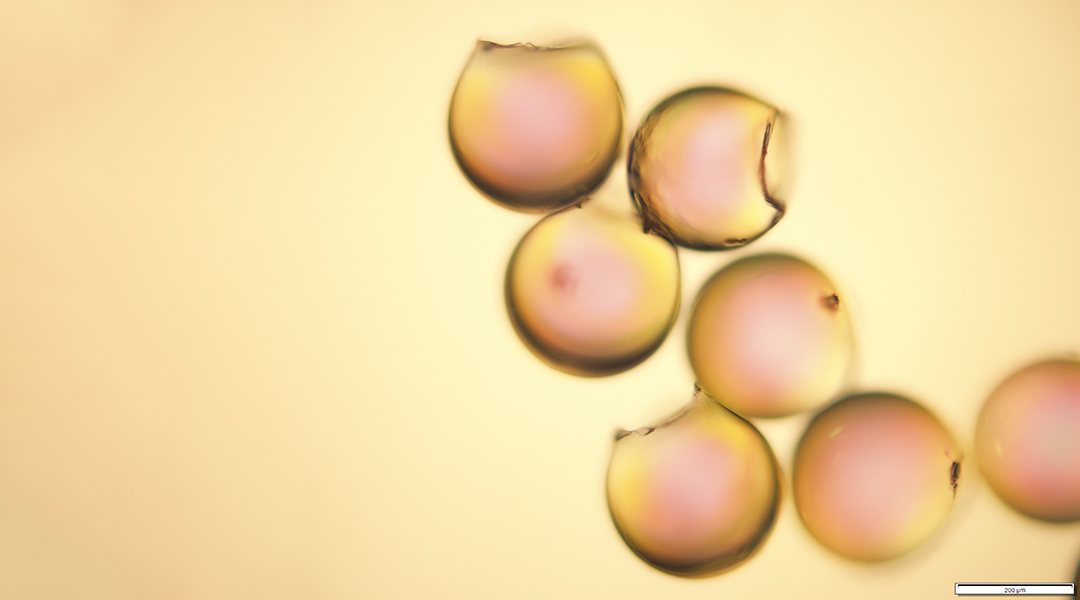
A new material helps robots analyze and navigate their environments by scanning codes invisible to the human eye.

Asteroids are always pelting Earth, but what happens if the big one comes along? The European Space Agency’s new asteroid telescope is coming to the rescue.
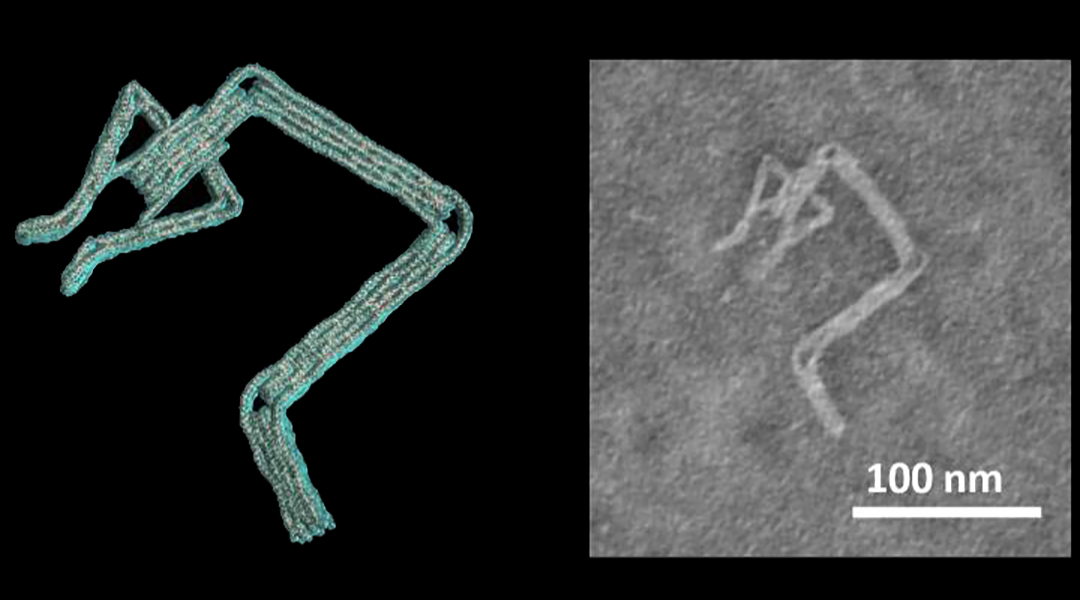
New software allows researchers to create complex structures from DNA, such as robot arms with claws and nanometer-sized airplanes.

The “metal-eating” robot can follow a metal path without using a computer or needing a battery.
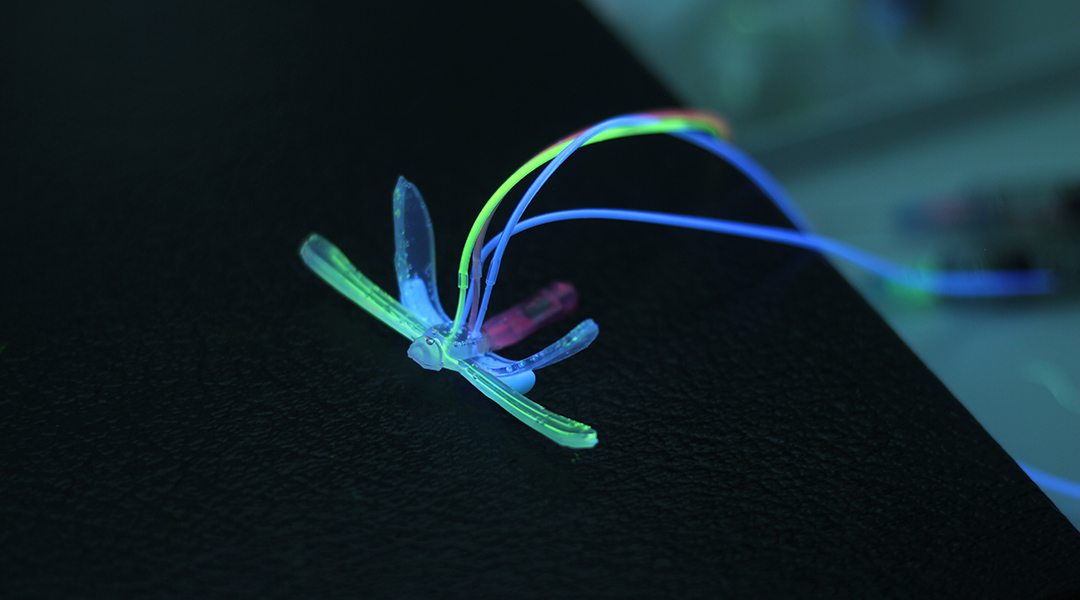
Electronics-free DraBot uses air pressure, microarchitectures, and self-healing hydrogels to watch for changes in pH, temperature, and the presence of contaminants.
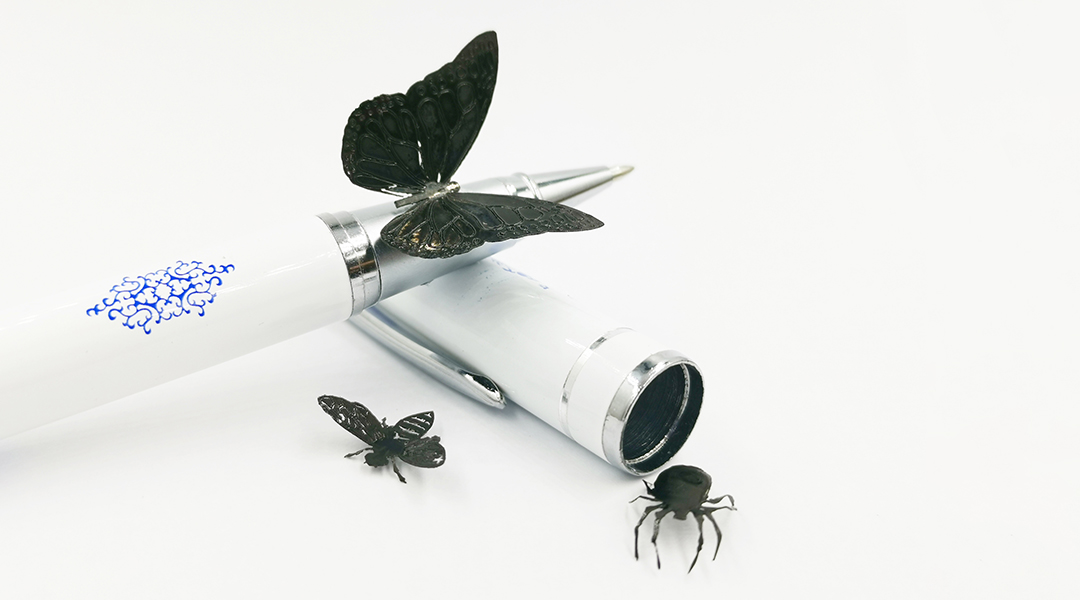
Researchers recreate the somatic nervous system in robots, allowing them to convert feeling into movement under different stimuli.
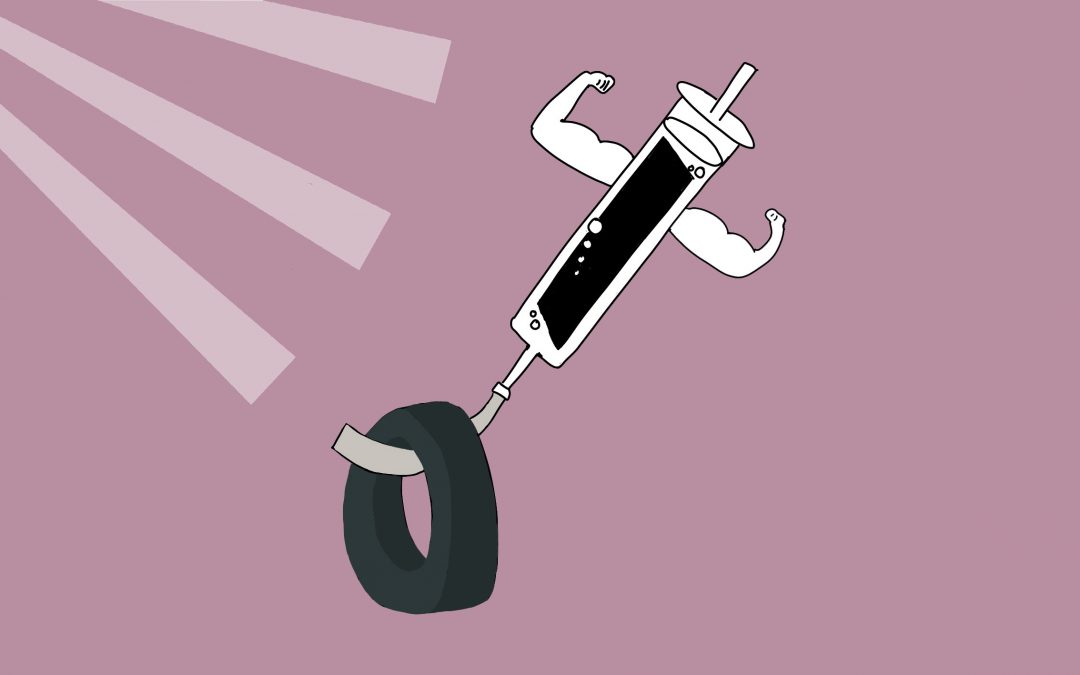
A liquid-based, solar-powered soft robot has this writer dreaming of its potential applications in space explorations and beyond.
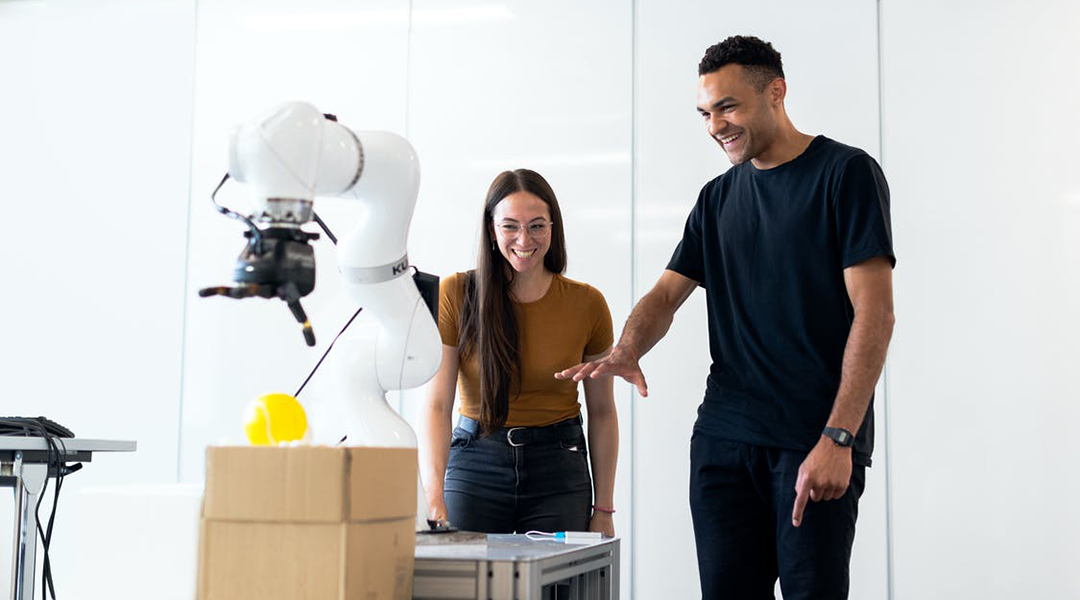
Building inclusive education systems will be key to ensuring no one is left behind and that advances in AI and robotics benefit everyone in society.